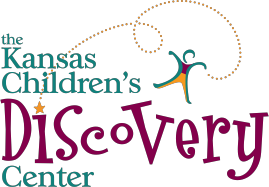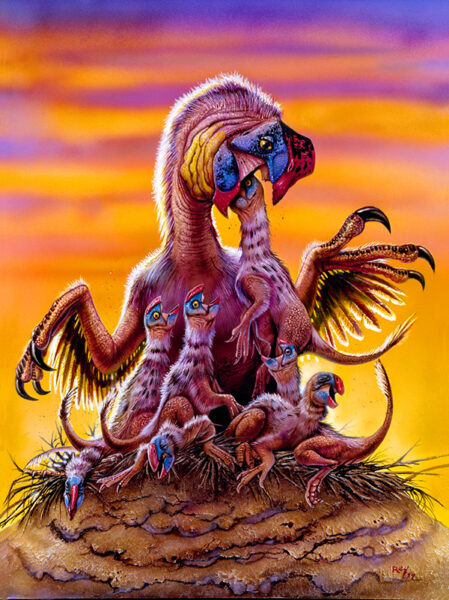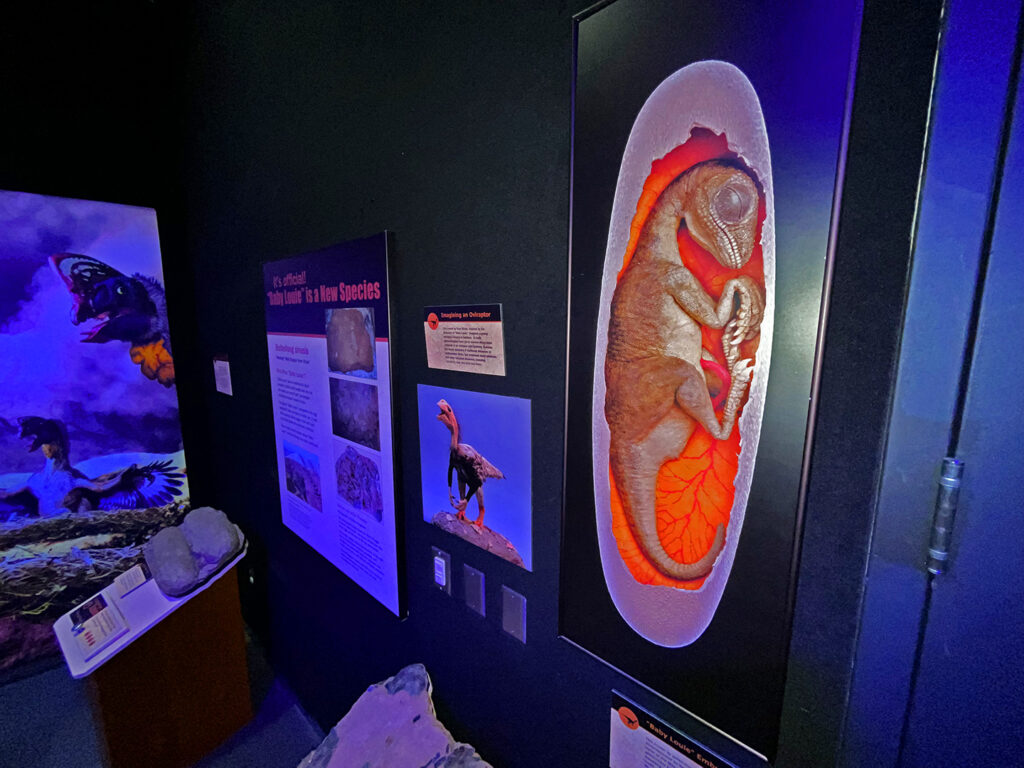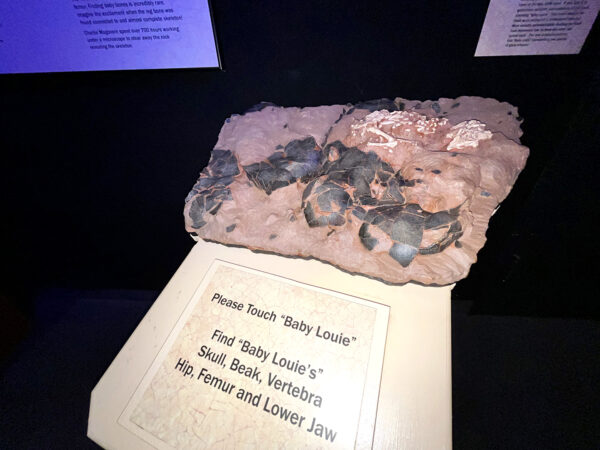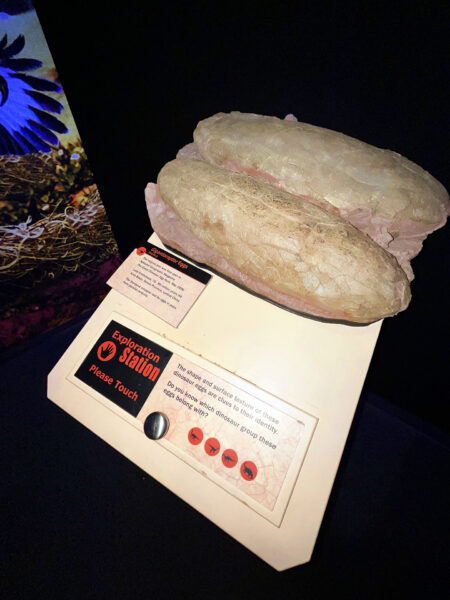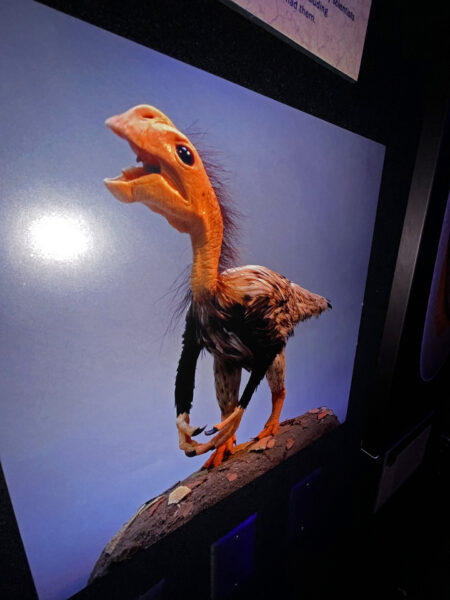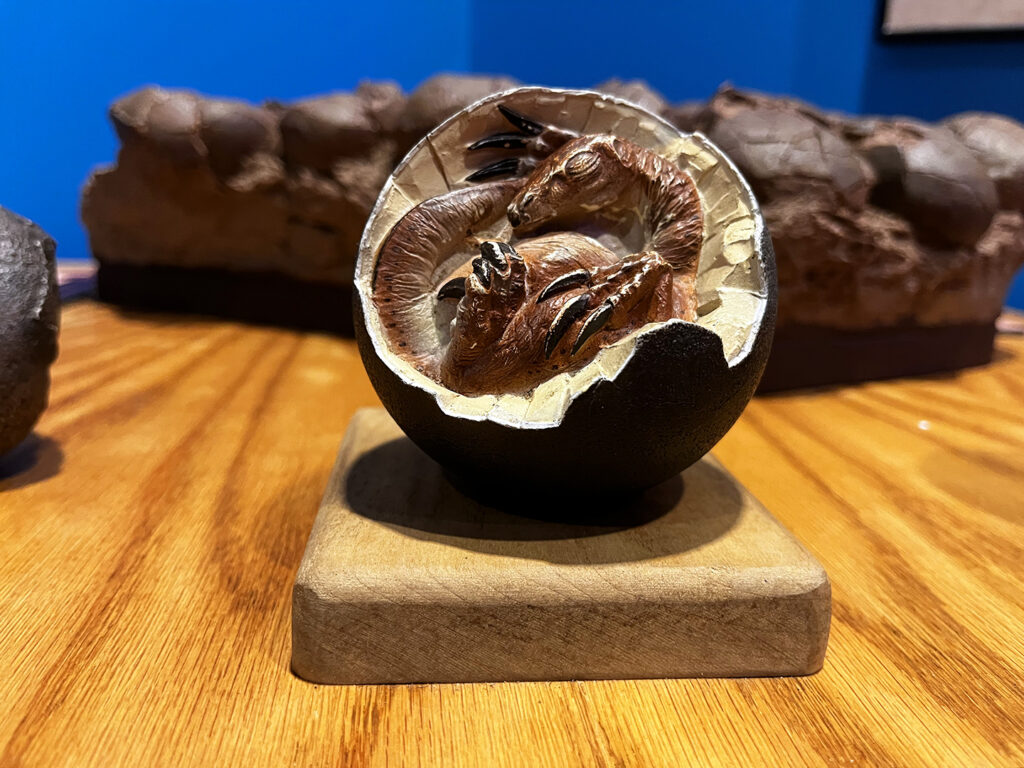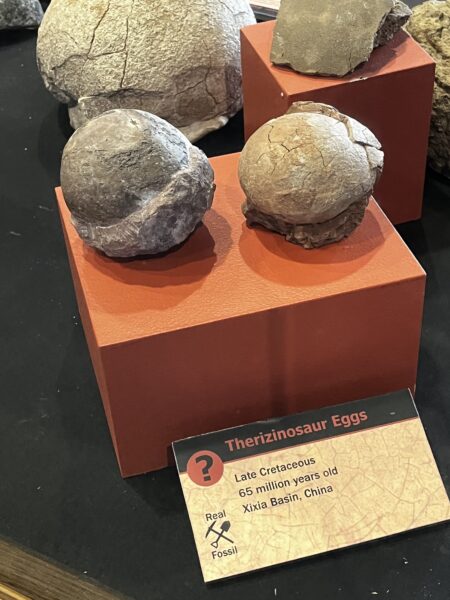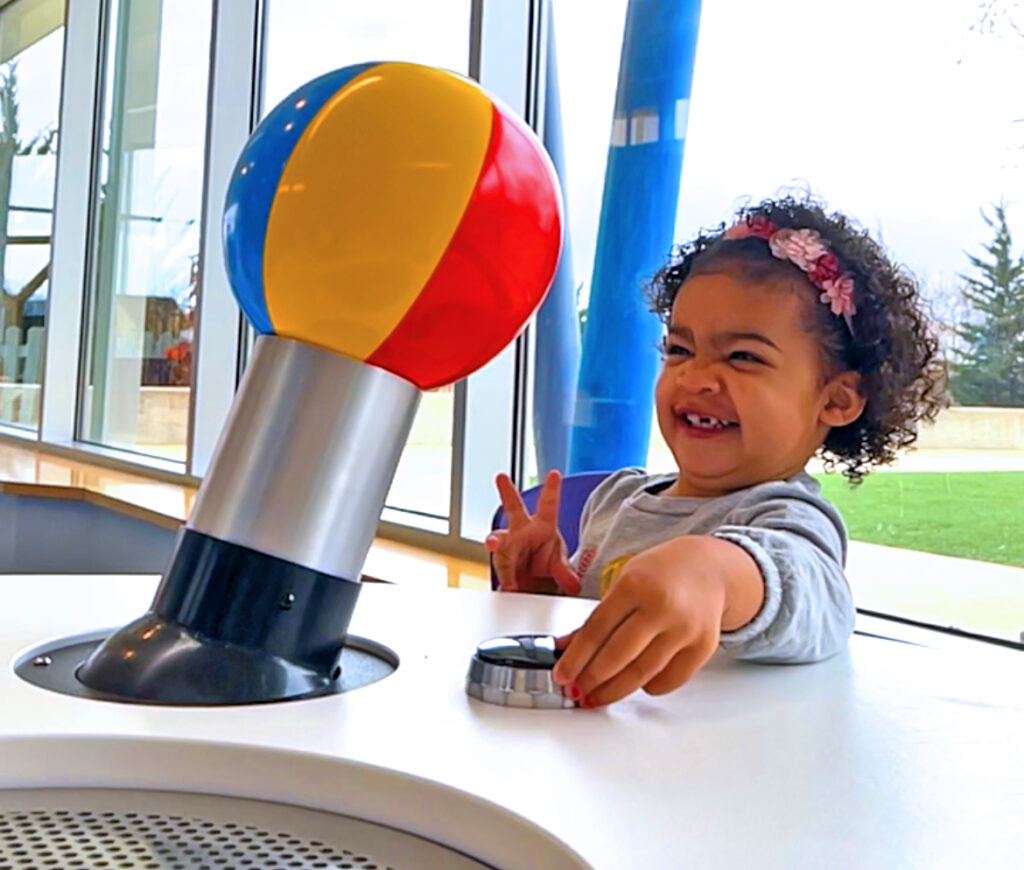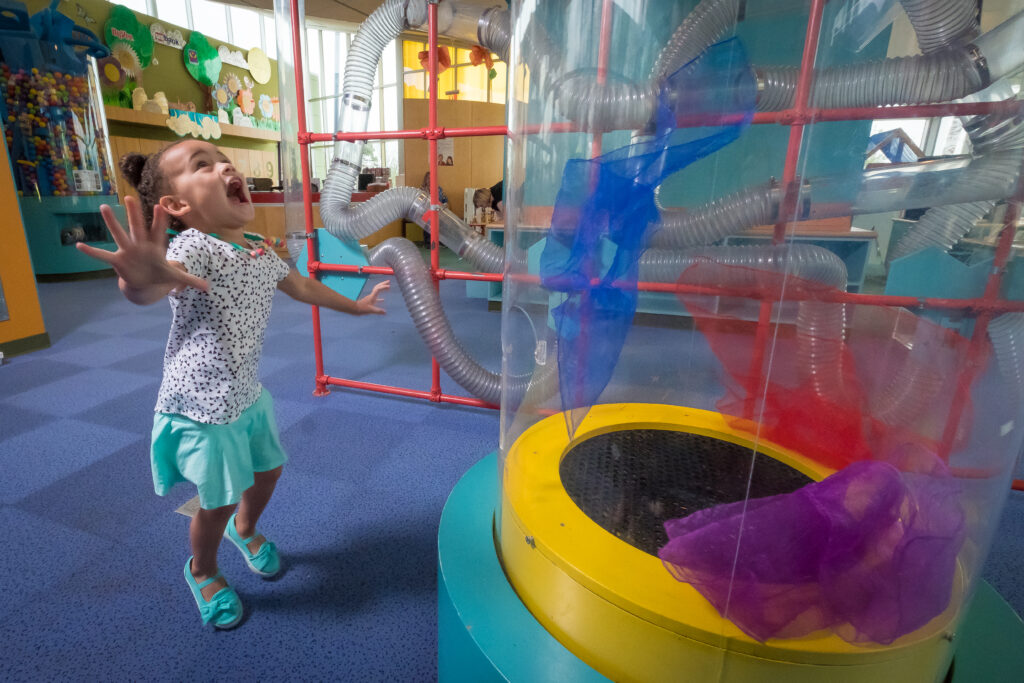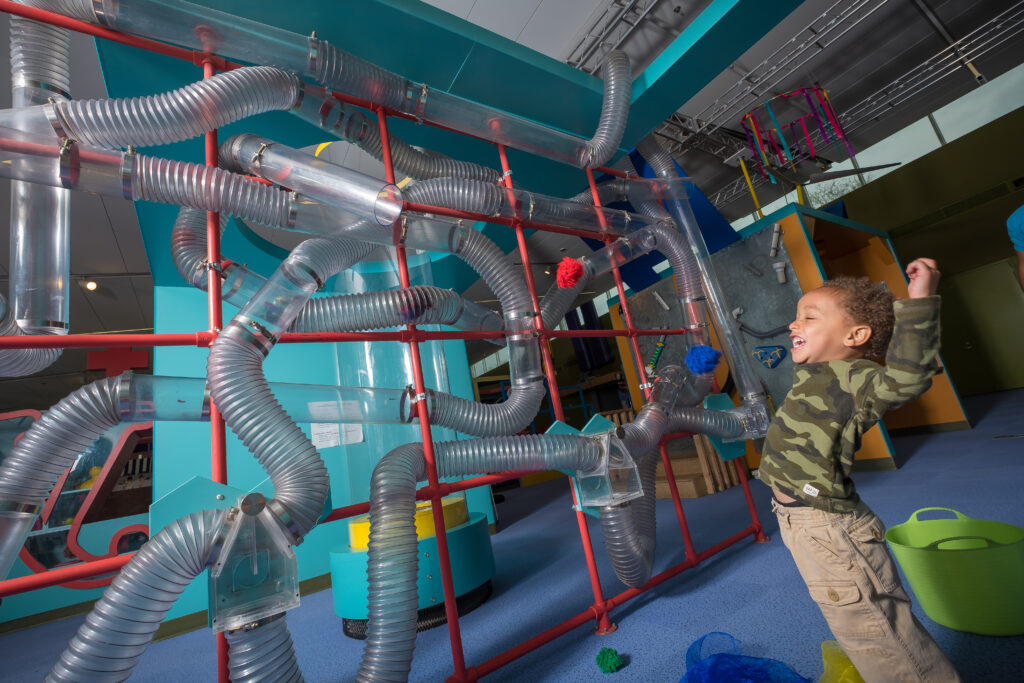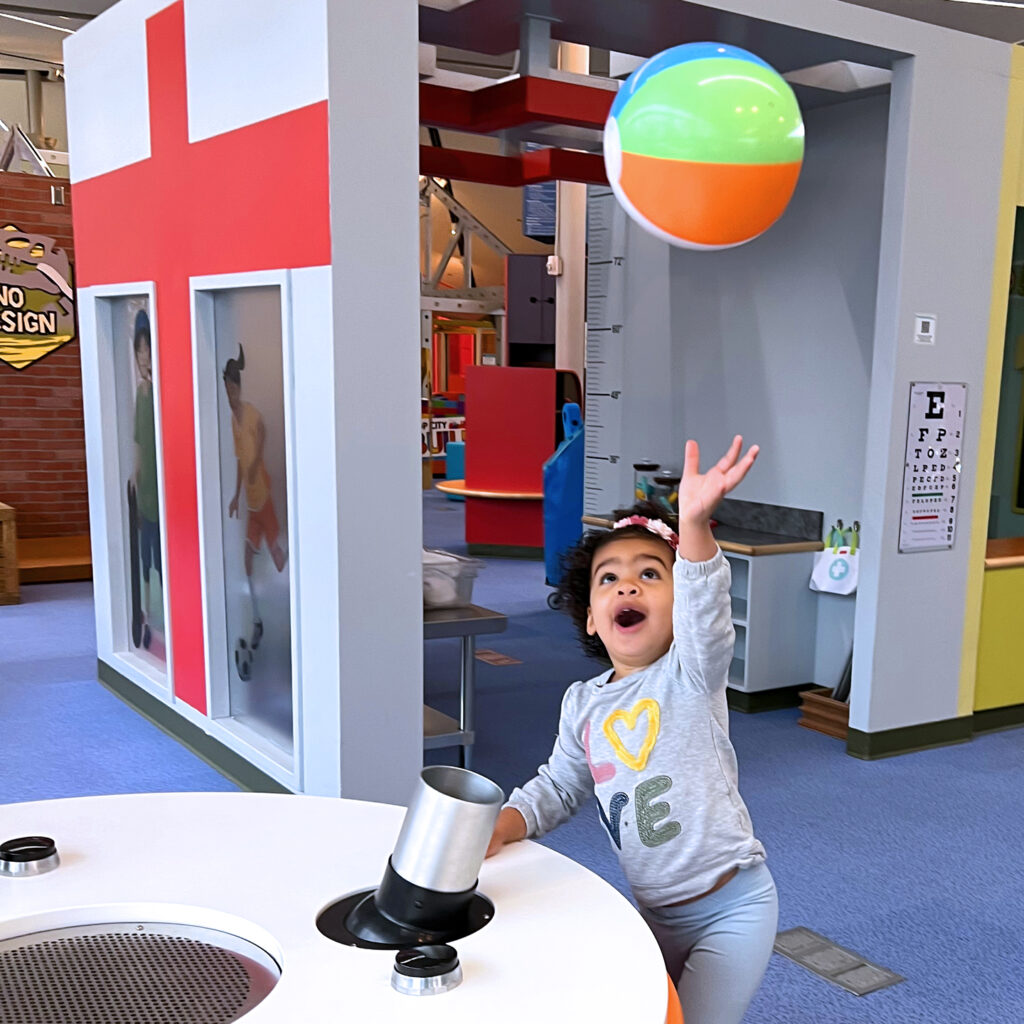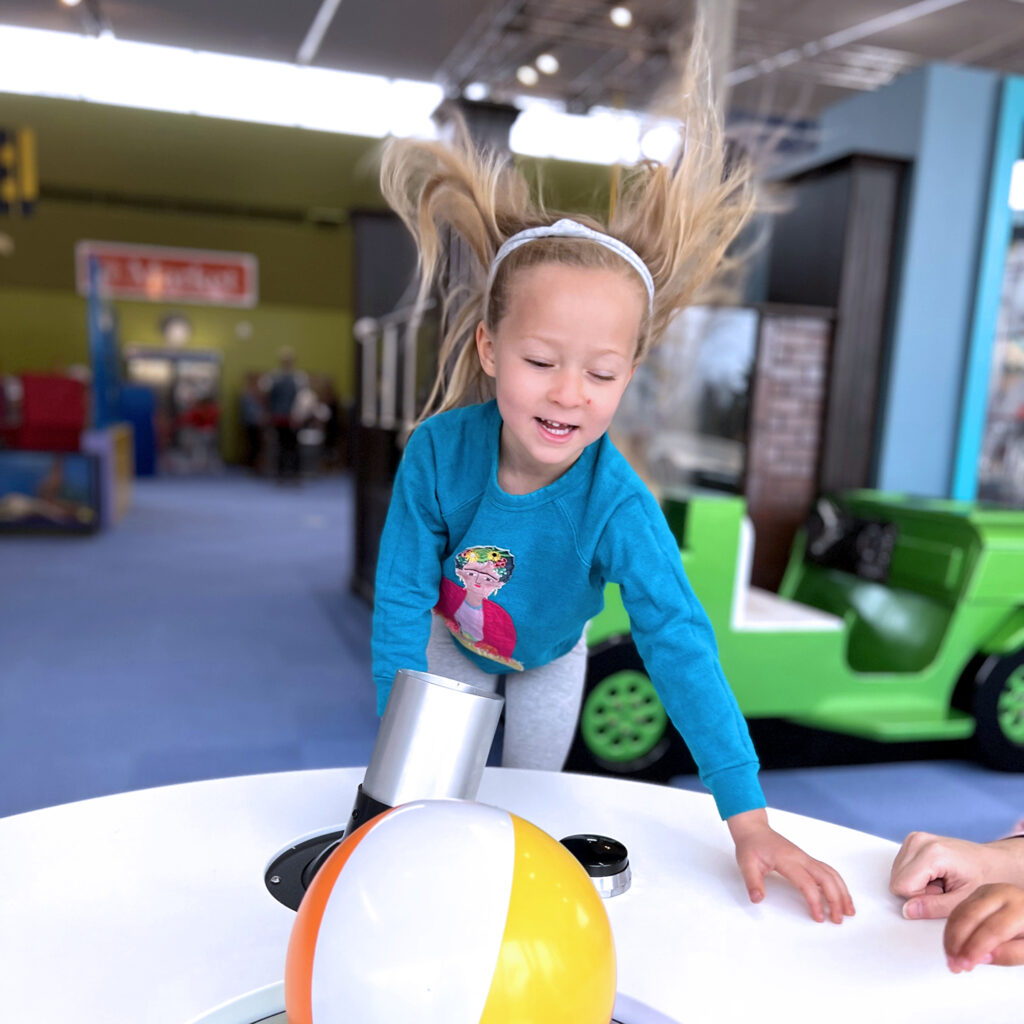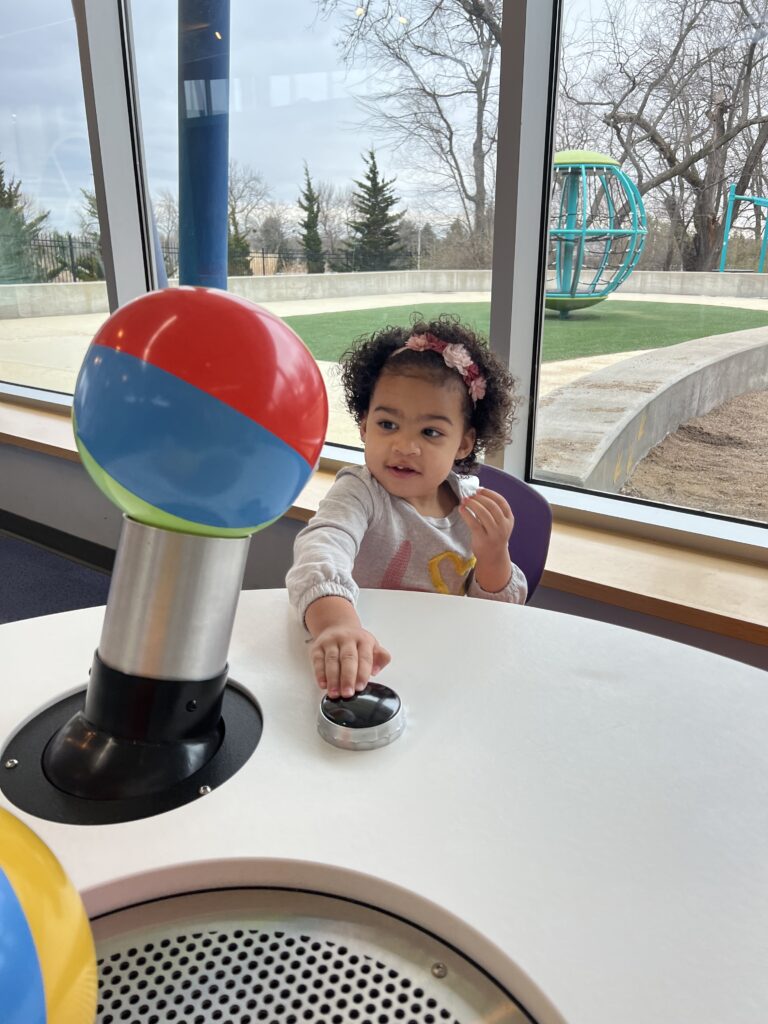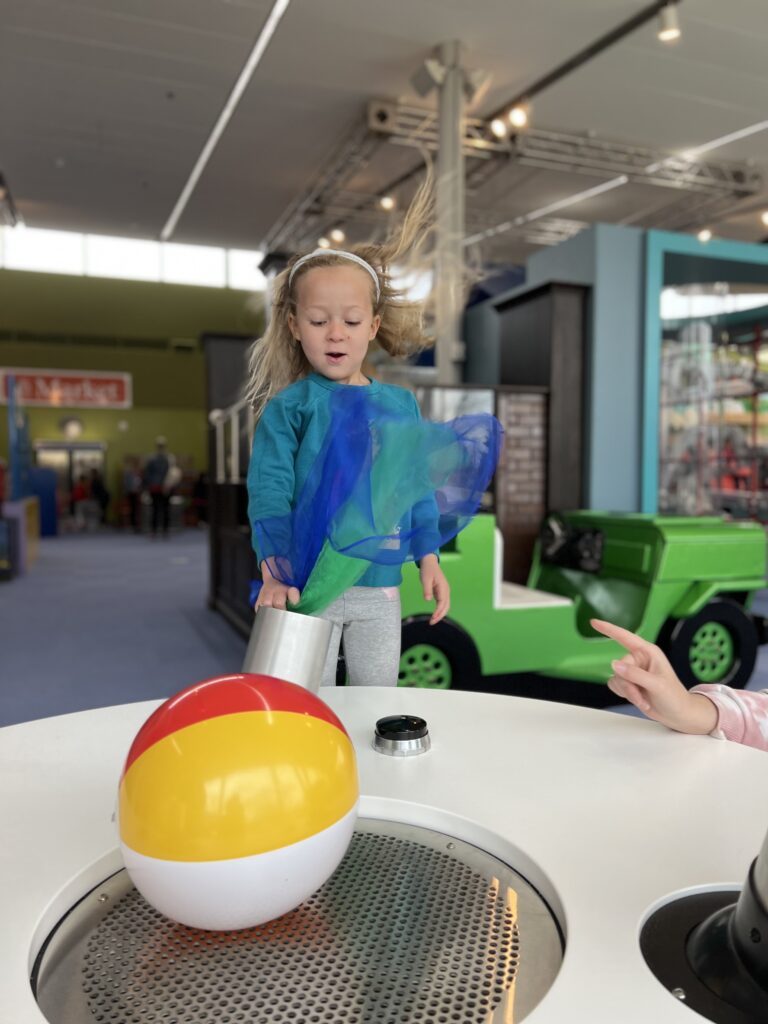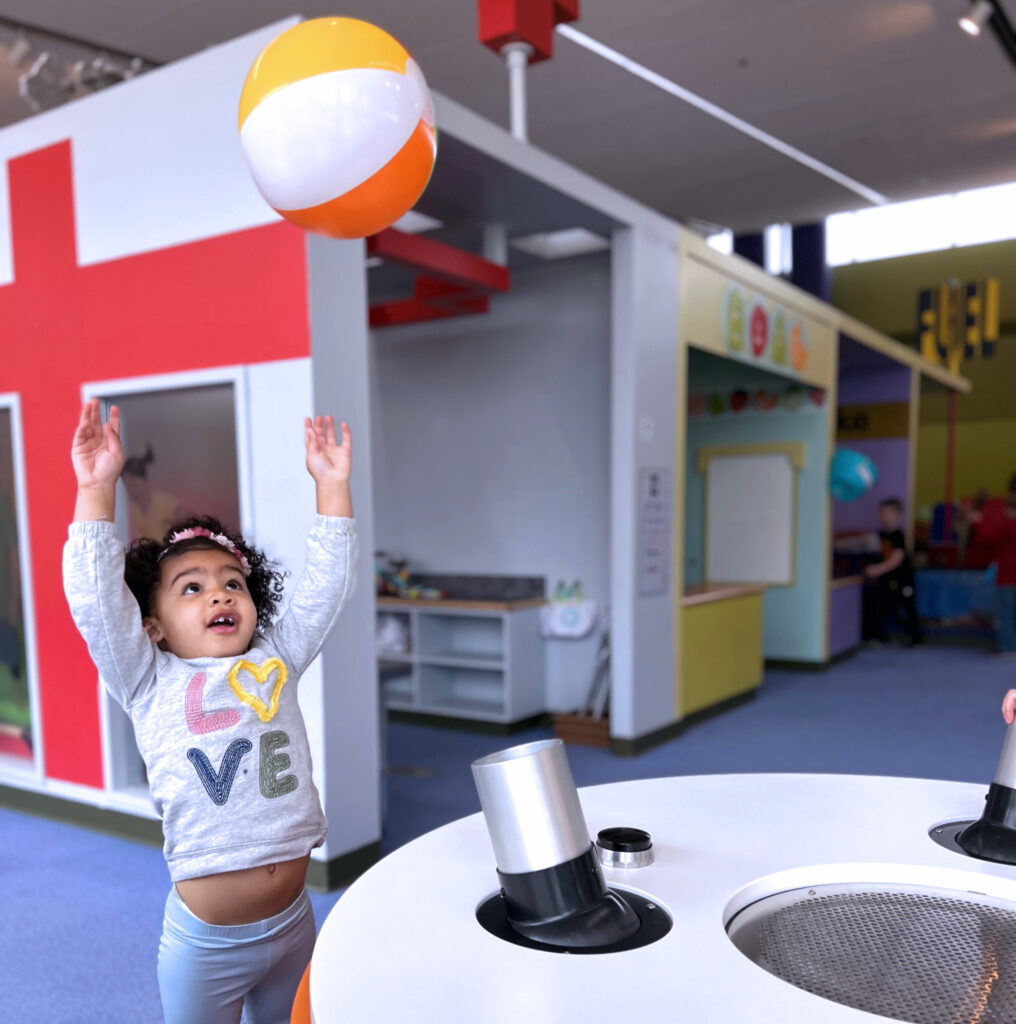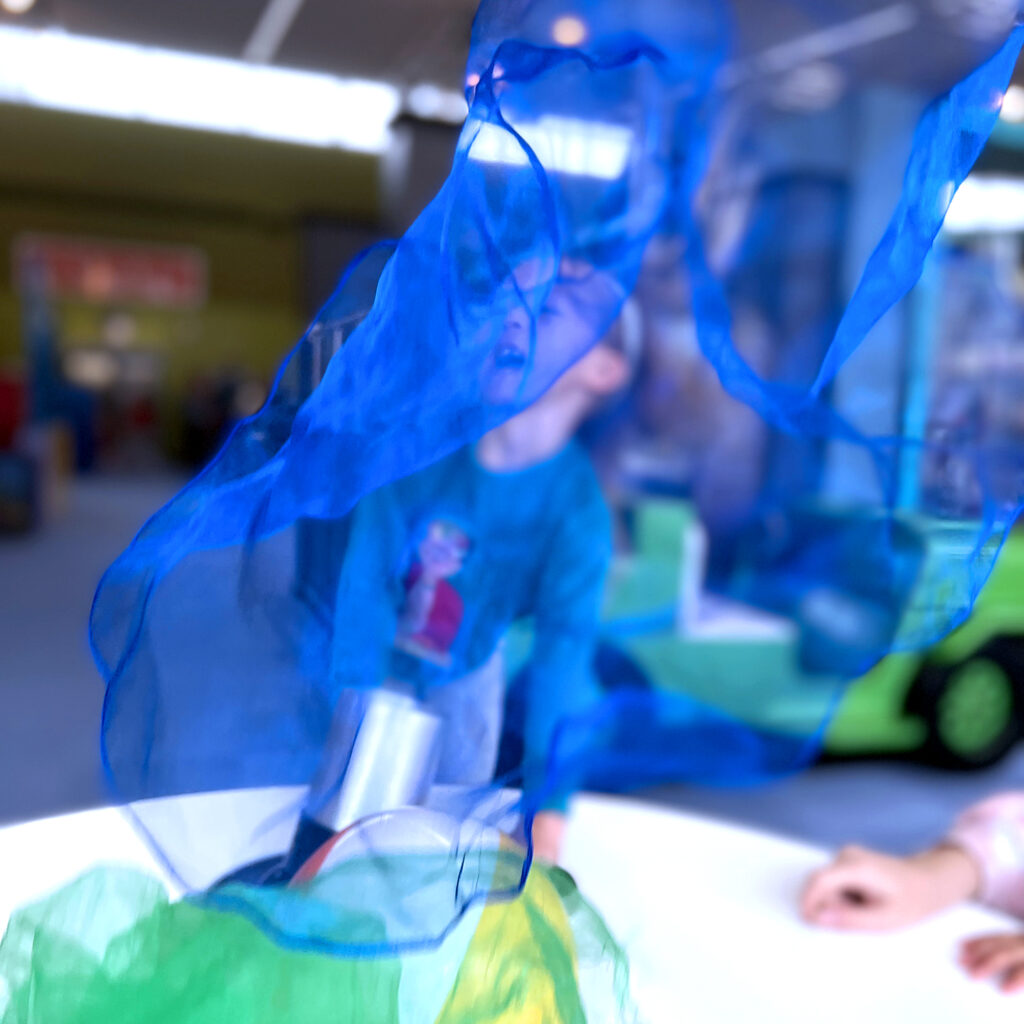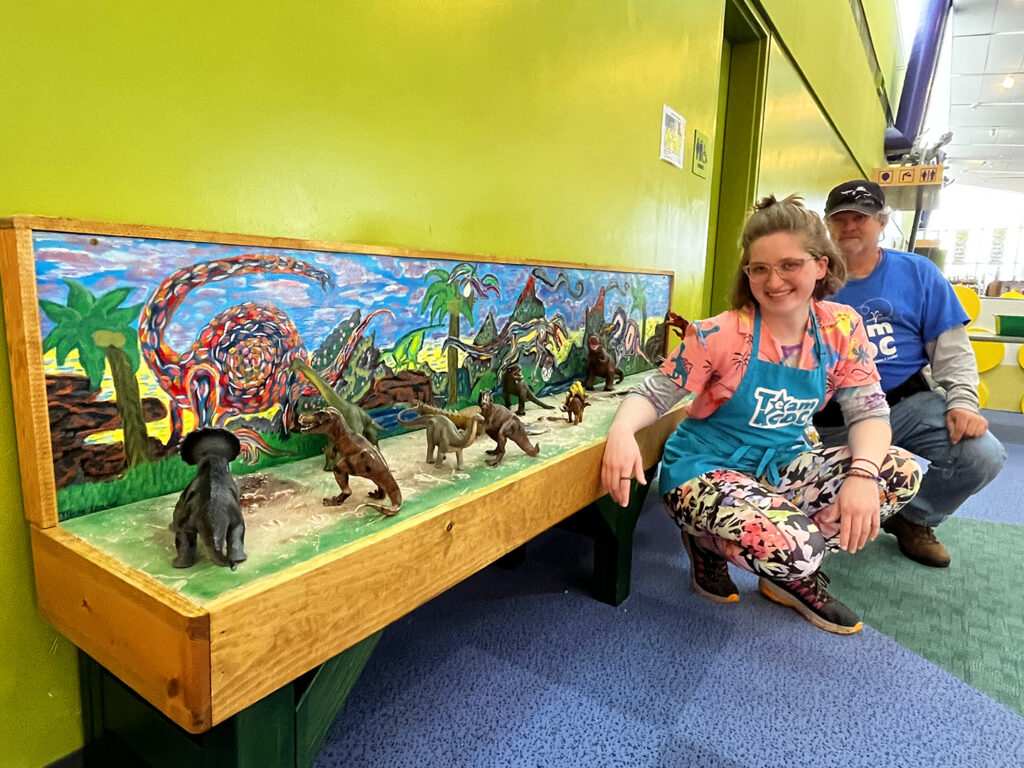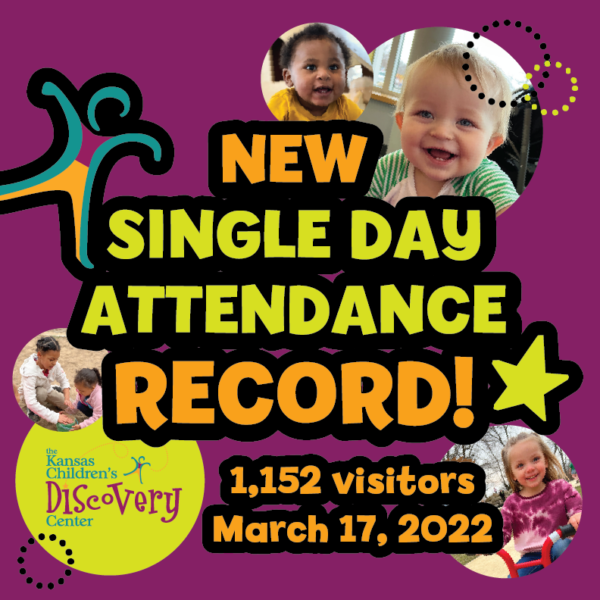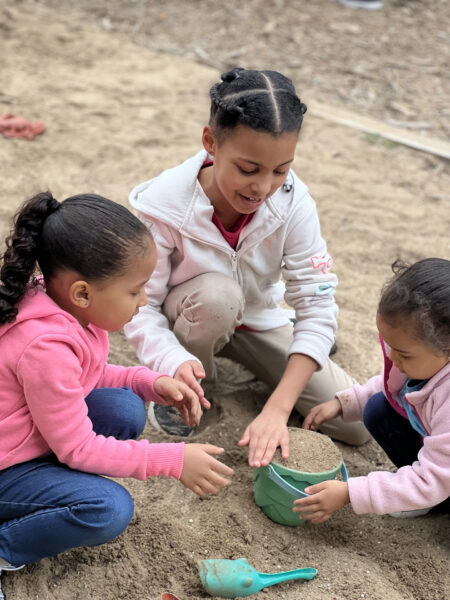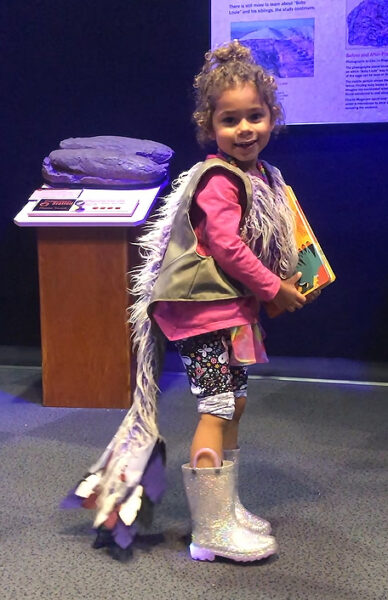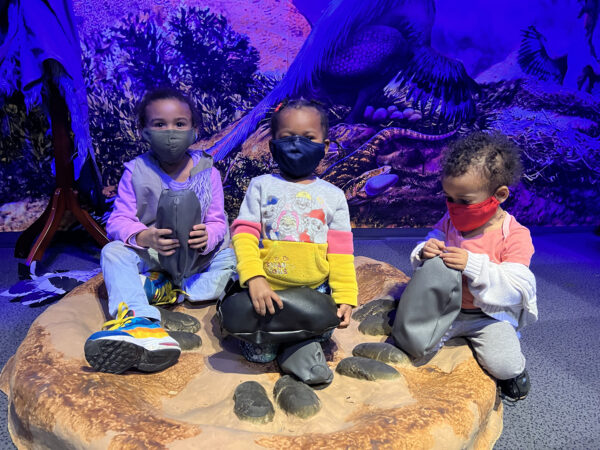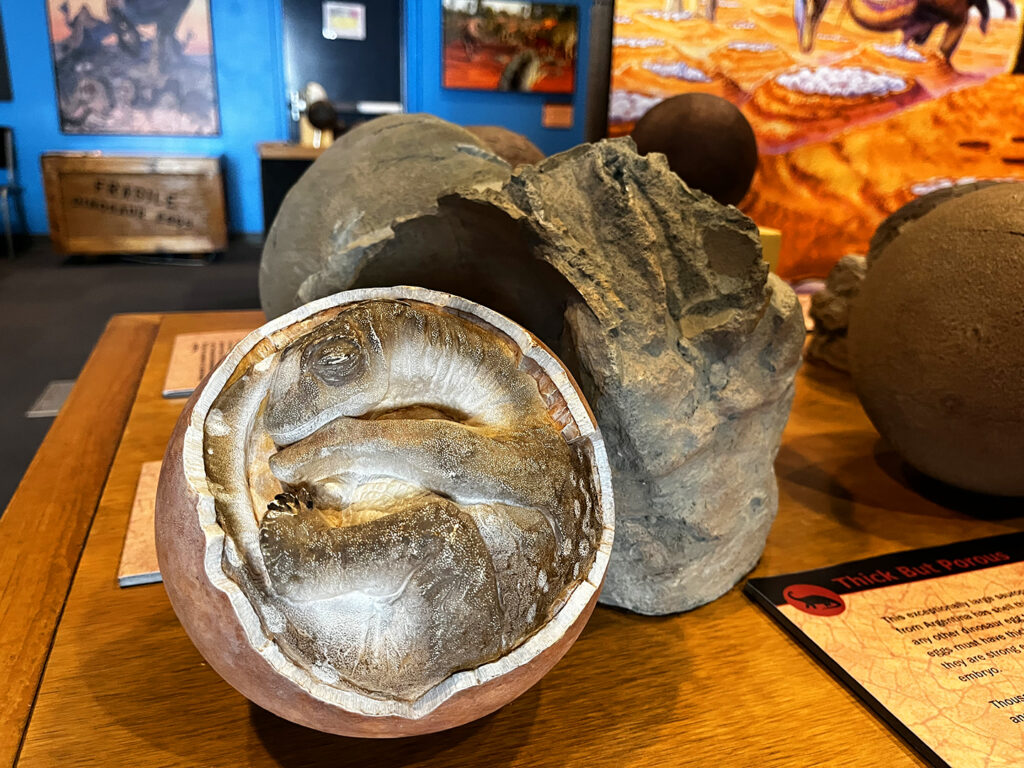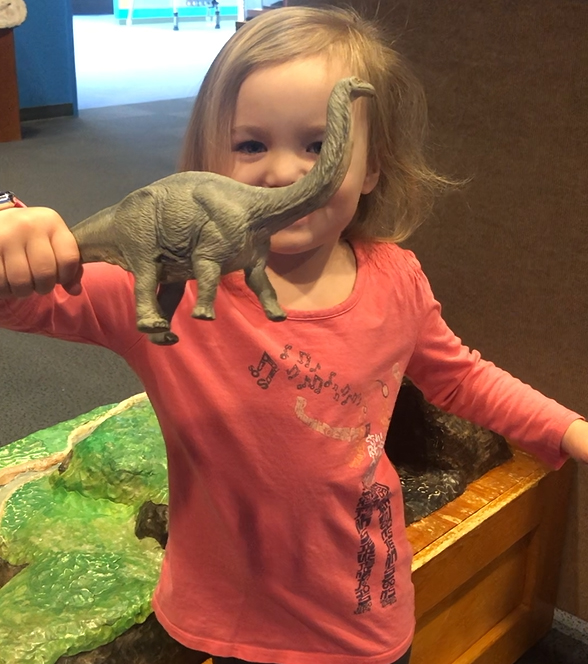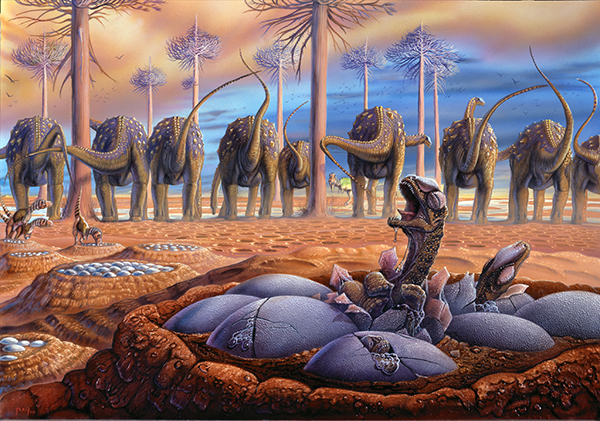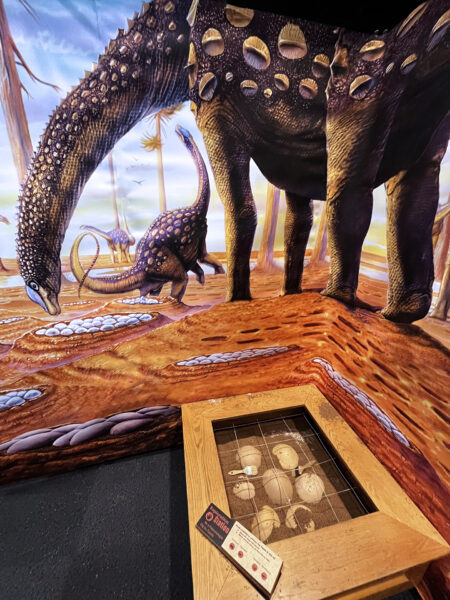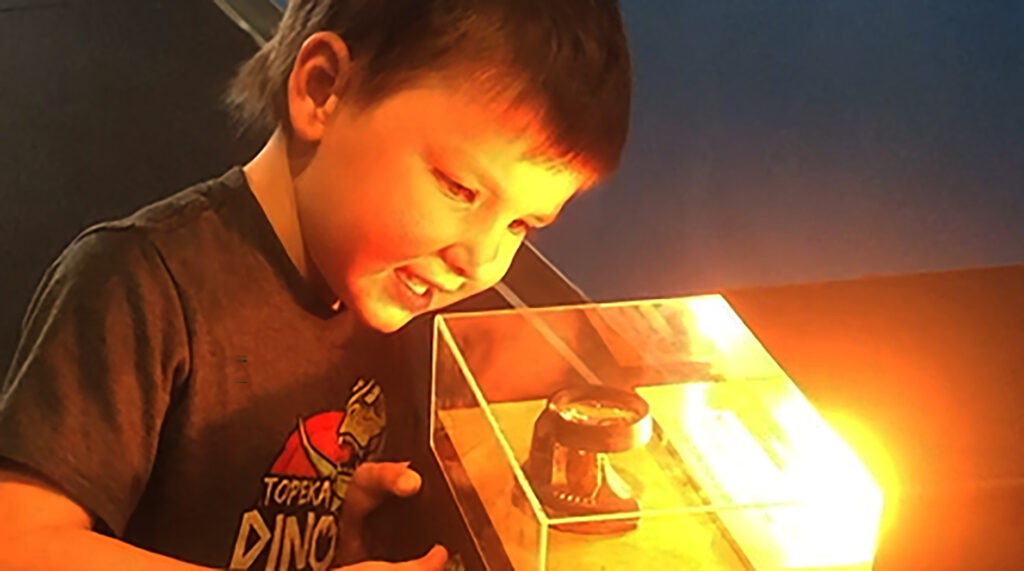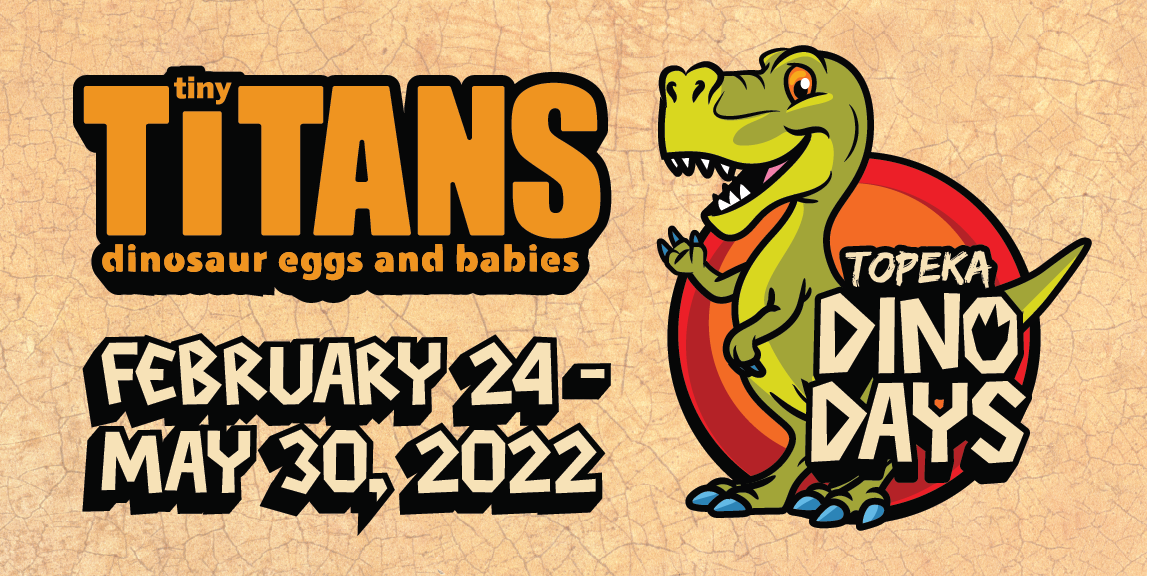
The Kansas Children’s Discovery Center will be open for special holiday hours from 9 a.m. to 5 p.m. on Memorial Day, May 30, 2022, to celebrate the final day of its Tiny Titans: Dinosaur Eggs and Babies exhibit. This will be your last chance to experience the exhibit before it is packed up and shipped out.
This remarkable, hands-on exhibition offers an astounding array of authentic dinosaur eggs and nests collected from all across the globe, in addition to great hands-on play experiences! Kids can dig for eggs, dress up like a parent dinosaur to brood their nest and feel the texture of dinosaur eggs. Cute babies and fun dinosaur facts will keep the whole family playing and learning.
Regular admission applies, which is $9 for children and adults, $8 for seniors and free for infants under 12 months and Discovery Center members. Admission also lets you play all day at the Kansas Children’s Discovery Center, with more than 15,000 square feet of indoor educational exhibits exploring science, careers, art, building and more, plus a 4.5-acre certified Nature Explore Outdoor Classroom.
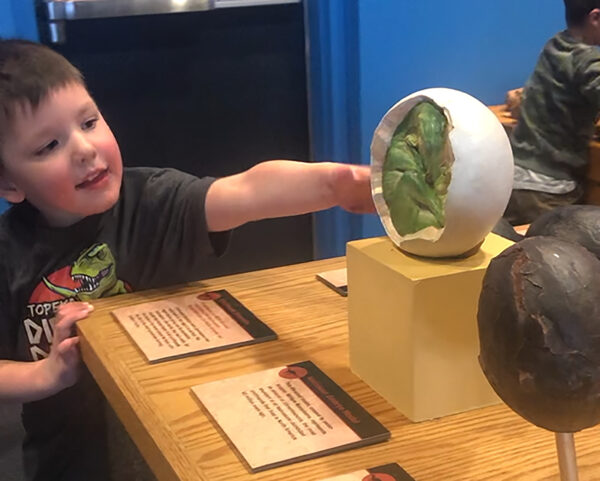
Tiny Titans is part of Topeka Dino Days, a communitywide dinosaur exhibition that includes Dinosaurs Alive at the nearby Topeka Zoo (open through June 30) and Sue: The T-Rex Experience at the Great Overland Station (now closed). It also includes the Topeka Dino Days Base Camp at the Topeka Visitors Center, which closes on Memorial Day, as well.
The exhibit has been a great attraction for the Discovery Center, and was vital in helping attract a record single-day attendance of 1,152 visitors on March 17, 2022, during Topeka’s spring break week.
Tiny Titans is generously sponsored by the Topeka Lodging Association and Visit Topeka.
RELATED: Find out about the different families of dinosaurs on display at the Discovery Center here.
